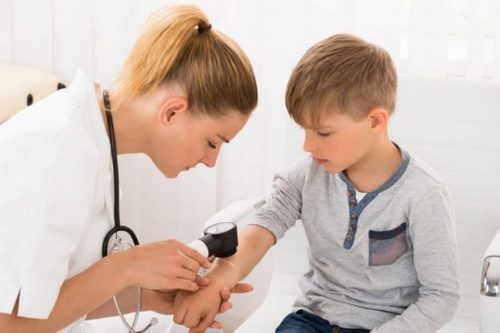Family doctor – a doctor who is engaged in the prevention, diagnosis and treatment of diseases of children and adults. A family doctor can both independently carry out their activities, and refer the patient to specialist doctors, in accordance with the established diagnosis.
The duties of the family doctor include the organization of tests and studies, and, if necessary, hospitalization.
The family doctor distinguishes from a general practitioner by the presence of additional in-depth training in related specialties, which allows him to provide a large amount of medical services.
In most cases, a visit to a family doctor eliminates the need for visits to specialized specialists, because his professional training allows him to correctly diagnose and treat a wide range of diseases. In difficult cases, the family doctor attracts the necessary specialists for consultations, while he continues to monitor the entire treatment process and is responsible for the patient.
Observing at the family doctor, the patient receives a guarantee that his attending physician has a full and comprehensive understanding of his state of health.
Diseases treated by a family doctor:
- SARS and various colds;
- fatigue, including chronic;
- diseases of the cardiovascular system;
- diseases of the gastrointestinal tract;
- connective tissue disorders;
- diseases of the back, joints and spine;
- neurological problems;
- metabolic diseases;
- bronchopulmonary diseases;
- kidney disease
What a family doctor does

The responsibilities of the family doctor include:
- collection of medical history (obtaining information about the patient’s disease, studying complaints of well-being, medical history);
- the use of objective examination methods (examining a patient, including by tapping cavities (percussion), listening to the lungs (auscultation), palpating organs (palpations));
- definition of special research methods (for example, laboratory, radiological);
- entering information about the diagnosis and treatment of the patient in his medical record;
- determination of indications for hospitalization (for example, if surgery is required);
- identification of risk factors for the development of chronic diseases;
- registration of sick leave;
- the appointment of necessary medicines, procedures and other therapeutic measures.
How a family doctor works
At the reception, the doctor asks the patient about complaints about well-being, finds out the reasons for previous visits to medical institutions, studies his medical history (collects an anamnesis), and conducts an examination. After the initial consultation, the doctor directs the patient to the necessary studies (for example, to take a blood test, urine test, take a cardiogram, measure the pressure).
According to the results of the examination, after studying the analyzes and studies, the doctor prescribes treatment or, if necessary, sends a narrow specialization to the doctor (for example, if diabetes is detected – to the endocrinologist, if cancer is suspected – to the oncologist).
What a family doctor treats
First of all, the doctor should be able to diagnose and conduct the necessary treatment of infectious diseases (influenza and acute respiratory infections, food poisoning, dysentery, whooping cough, measles, scarlet fever, chickenpox, mumps and others). In addition, the doctor must be able to diagnose and treat diseases of the cardiovascular system, respiratory, digestive, urinary, endocrine, hematopoietic, rheumatic diseases.
In these cases, the family doctor performs a coordinating function (directs the patient to the appropriate specialized specialist) and exercises general control over the course of treatment, that is, “leads the patient”.
When to contact a family doctor
A family doctor is the first specialist to whom a patient comes to the clinic. A family doctor is a coordinator and manager in one person: if the patient does not know which doctor can help him, then you need to contact the family doctor.
When to go to the family doctor?
If the patient has the following signs of malaise:
- fever or chills, fever;
- dry or wet cough, wheezing, hemoptysis, sore throat;
- shortness of breath, suffocation, shortness of breath;
- decreased visual acuity, loss of vision;
- specific discharge from the nose;
- earache, hearing loss, discharge from the auricle;
- pain in the chest, in the heart, tingling in the limbs;
- stomach pain, hiccups, heartburn, nausea, vomiting, diarrhea, constipation, stool disorder;
- sudden changes in blood pressure, general weakness;
- insomnia, anxiety, depression;
- skin rash, peeling, sores, itching;
- constant feeling of thirst, dry mouth, fatigue;
- pathological change in pigmentation of skin and mucous membranes of the eyes;
- sudden sharp or sharp pains in the lumbar region;
- or any other symptoms, you should consult your family doctor. One or a combination of several of these symptoms indicate a disease.



